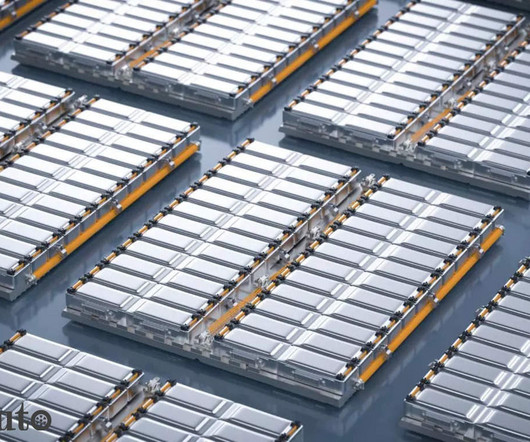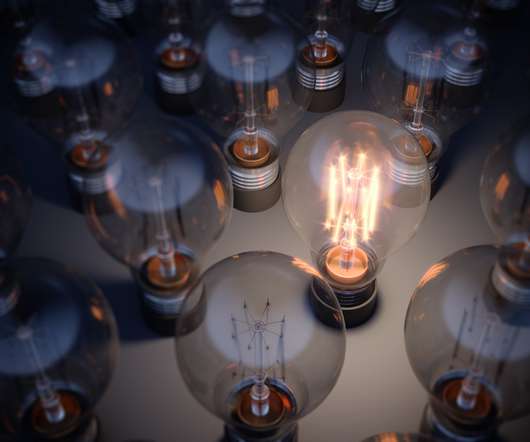How do sodium-ion batteries charge within seconds – ET Auto
Baua Electric
MAY 13, 2024
Sodium-ion batteries have been of considerable interest due to sodium’s abundance compared to lithium, which is over 500 times less common. The new battery technology addresses some of the fundamental limitations of current sodium-ion batteries , such as lower power output and longer charging times.



























Let's personalize your content